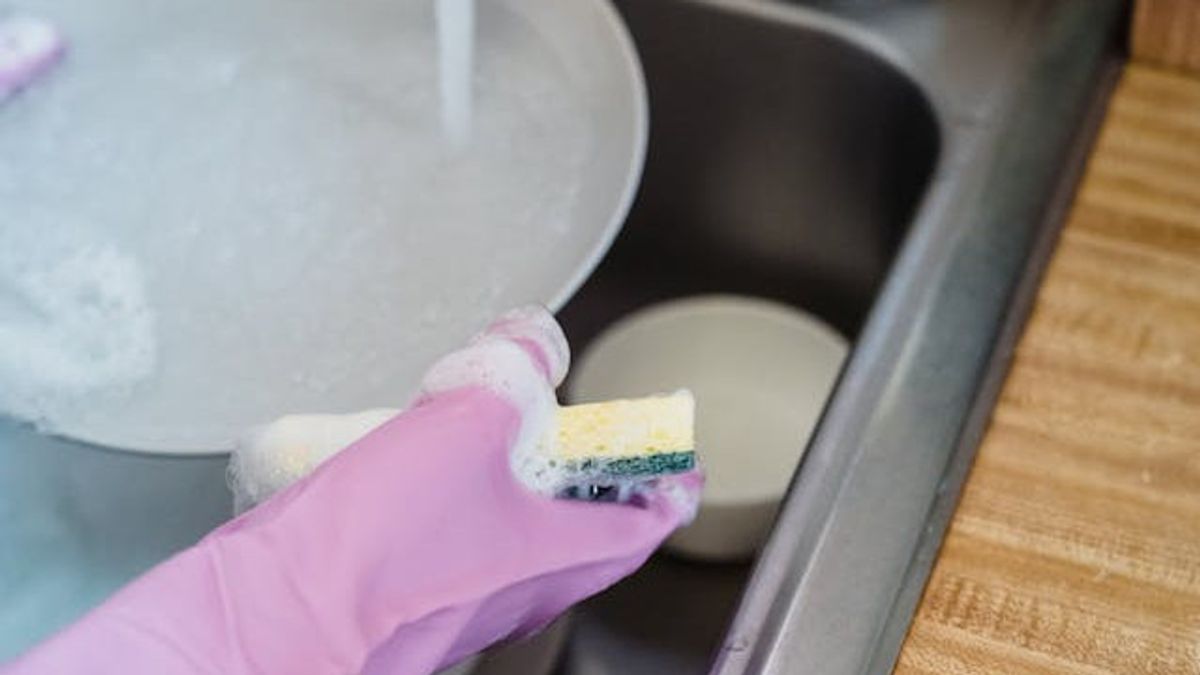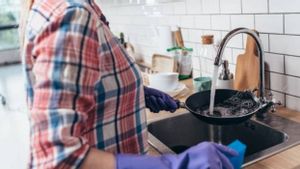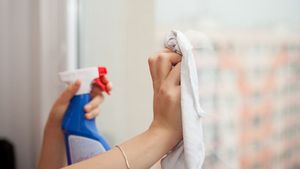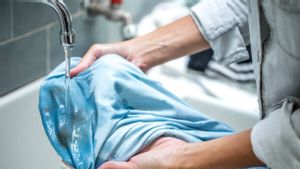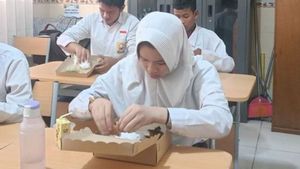JAKARTA - Dishes are not as clean as it seems even though they are often used to clean plates and surfaces. A 2019 study found that sponges contain high amounts of bacteria and are dredged as the most contaminated items at home.
The large pores are places for breeding bacteria. Although it must be replaced frequently, there is a way to disinfect it to make it more durable. Quoting expert advice from The Spruce page, Thursday, August 8, here are easy tips to clean plate washing sponges.
Cleaning sponges with bleach solution is shown to be a more consistent method to reduce bacteria because other methods have more variables, such as the strength of aqueduct or water temperature.
If you use sponges regularly, such as in the kitchen to wash dishes and surfaces, you have to clean the sponge every few days. You can clean them more often if the sponge starts to smell or looks dirty. Cleaning sponges will not eliminate all bacteria, but can reduce microorganisms in the sponge so as to reduce the risk of germs spreading throughout the house.
The general rules for replacing sponges that are often used are every one to two weeks. If you clean the sponge every day, you may be able to replace it near two weeks. However, there is no cleaning method that can eliminate all bacteria in the sponge completely, so it's important to replace it periodically.
SEE ALSO:
If you are annoyed with a sponge full of bacteria, try using waslap to clean the table and surface, and use a brush to clean the dish. Research has found that plate brushes dry faster than sponges and bacteria also die more quickly on top. Washcloth is also porous like a sponge that helps prevent the growth of bacteria and humidity.
The English, Chinese, Japanese, Arabic, and French versions are automatically generated by the AI. So there may still be inaccuracies in translating, please always see Indonesian as our main language. (system supported by DigitalSiber.id)
